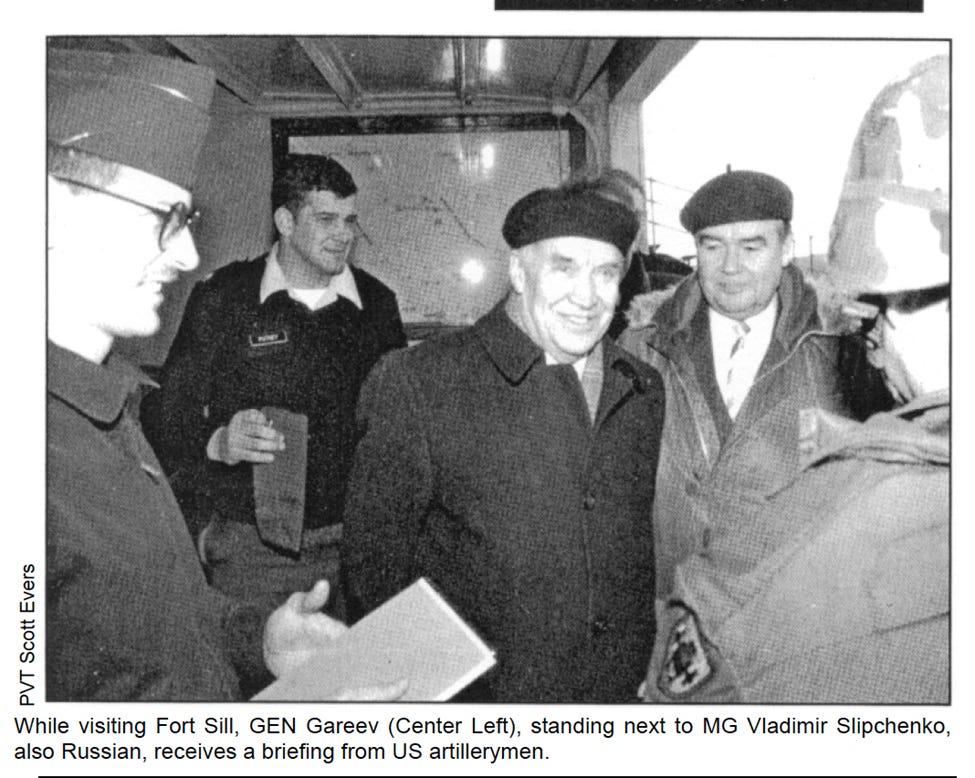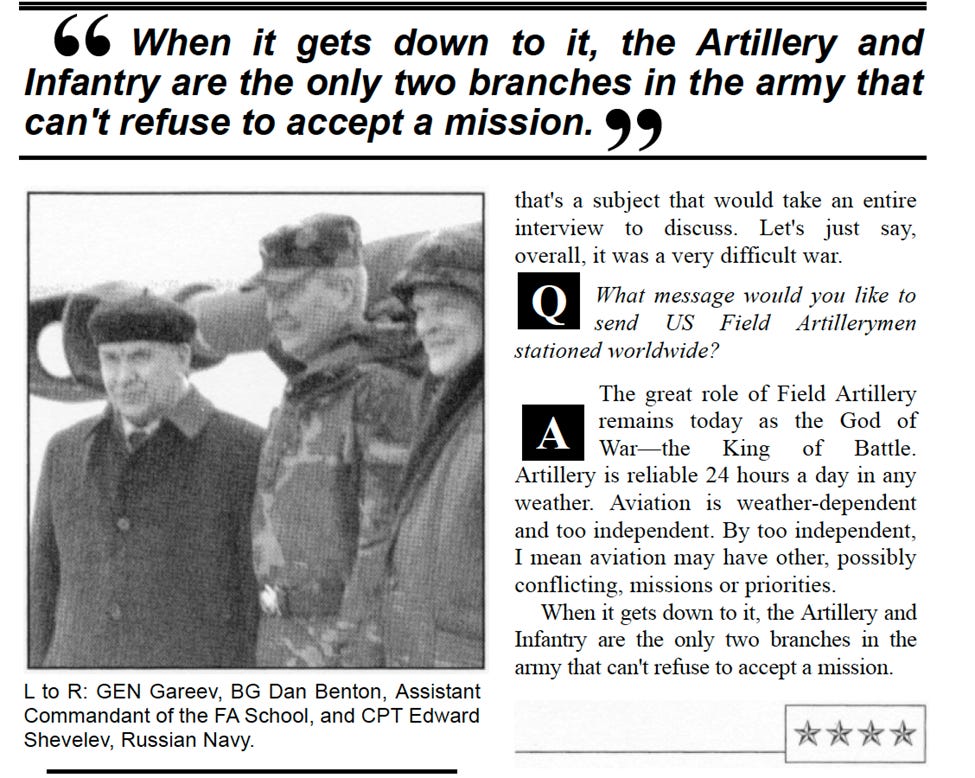Throwback Thursday
The Field Artillery Professional Bulletin: A Winding History, A Timeless Lesson
More than a century ago, in 1911, the Field Artillery Association founded the Field Artillery Journal. From its first issue, the journal gave Redlegs a professional voice, one that carried from the barracks to the battlefield.
Photo courtesy of author.
The publication has taken many forms since:
In 1950, after the Field Artillery and Infantry Associations merged into the Association of the United States Army, the journal merged as well, becoming Combat Forces Journal, later ARMY in 1954. Fort Sill revived a branch-specific journal in 1957, which by 1969 was known as the Field Artilleryman. In 1987, it became Field Artillery: A Professional Journal for Redlegs. Later, it again merged with Air Defense Artillery under the joint Fires publication. In 2020, the branches split once again, restoring the Field Artillery Professional Bulletin.
Through every merger, name change, and revival, the mission has remained constant: to foster professional discourse, preserve our branch’s history, and shape the fight of tomorrow. Today, all 592 issues are digitized—an archive that stretches from 1911 to today, accessible to every reader. You can find more about the history of the publication here.
The Role of the Field Artillery Professional Bulletin
The Field Artillery Professional Bulletin (FAPB) reaches thousands of readers across the force. Its strength is not just in readership but in participation. Articles come from the force. Soldiers of all ranks participate whether they are reflecting on a recent deployment, rotation, or CTC. Senior leaders also publish lessons learned on strategy or real-time issues they are addressing at the unit level.
The bulletin’s future depends on those voices. If we don’t capture lessons in writing, we risk relearning them in combat. We must continue to read, contribute, debate, and challenge each other.
Photo courtesy of author.
Fighting with Fires – The Soviet Way
One of these issues stands out. In August 1993, the FAPB published a rare interview with General of the Army, Makhmut A. Gareev, former Deputy Chief of the Soviet General Staff.
It was a remarkable moment; the Cold War was barely over, yet here was a Soviet general at Fort Sill, firing a Paladin during a live-fire demonstration, and speaking candidly about the role of fires in war.
His words were simple but enduring, “until a Soldier stands on the ground at the objective, nothing is decided.”
Gareev explained how Soviet doctrine relied on Operational Maneuver Groups (OMG), formations designed to exploit breakthroughs created by overwhelming artillery. He predicted that the role of fires would expand beyond the tactical fight to shape the operational and even strategic depths of battle.
He also predicted that precision and long-range fires would shape operations at depth, collapsing command and sustainment before maneuver arrived. Gareev stressed that fires alone could not secure victory, maneuver was still required.
Three decades later, much of this has proven true. Precision strike systems like HIMARS, Excalibur, and the fielding of PrSM, now reach farther and hit harder than anything in 1993. Ukraine has shown how artillery dominance can paralyze formations and attrit forces at scale. Fires now routinely reach into the enemy’s command and logistics network, just as Gareev envisioned.
But he also believed centralized control of fires under a single commander was essential. In practice, Western militaries have emphasized decentralized execution, enabled by digital networks and joint integration. Where he envisioned centralization, the United States built flexibility.
Born in the city of Chelyabinsk, Gareev was from an ethnic Tatar family, originally from the Chimshin region of Bashkiria. In 1939, he joined the Red Army as a volunteer. Later, he graduated from Tashkent Infantry School in 1941, and fought at Rzhev in the Second World War, later serving in the Soviet campaign against Japan in 1945. Gareev’s career stretched into the final chapter of the Cold War. After the Soviet withdrawal from Afghanistan in 1989, he served as chief military advisor to President Najibullah. Retiring in 1992 as a General of the Army, he went on to lead the Russian Academy of Military Sciences. In 2019, Gareev passed way at the age of 96, leaving a legacy and reminder of the continuity of military thought.
Why This Resonated with Me
Reading the interview reminded me that the questions Gareev raised are still the ones we navigate. How do we balance fires and maneuver? How do we integrate across domains? Where is the line between shaping and deciding?
I enjoyed the article because it sharpened my professional lens. It reminded me that our mission is never artillery in isolation, it is artillery in integration. It pushed me to think about how I, as a field artillery officer, must deliver accurate fires while ensuring maneuver commanders can exploit them.
Why This Matter for Leaders
The Gareev interview isn’t just about doctrine, it’s about the role of our branch journal. The FAPB has always been the place where Redlegs, of every rank, share lessons, debate ideas, and shape the future of fires.
If a Soviet general’s insights from 1993 still echo on today’s battlefields, then what we write now may guide the Redlegs of 2050. That is the enduring power of professional discourse.
Photo courtesy of author.
Call to Action
Leaders, colleagues, Soldiers, Redlegs, this is your invitation. Read the bulletin and stay connected to your branch. Reflect on the lessons of the past and the demands of the present. Write and share your experiences, because your voice matters for the branch’s future. The fight of tomorrow will be shaped not just by steel and precision, but by the ideas we capture today.
CPT Audrey Shifflet is currently serving as the second Field Artillery Harding Fellow for the Fires Center of Excellence at Fort Sill, OK. CPT Shifflet is a Field Artillery officer who commissioned through Cameron University’s ROTC program in Lawton, OK, and continued her education at the University of Oklahoma in strategic communications and digital strategy.






